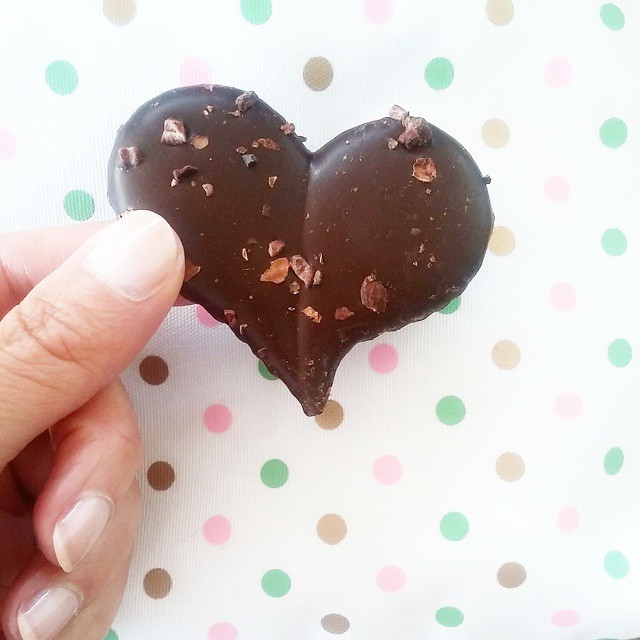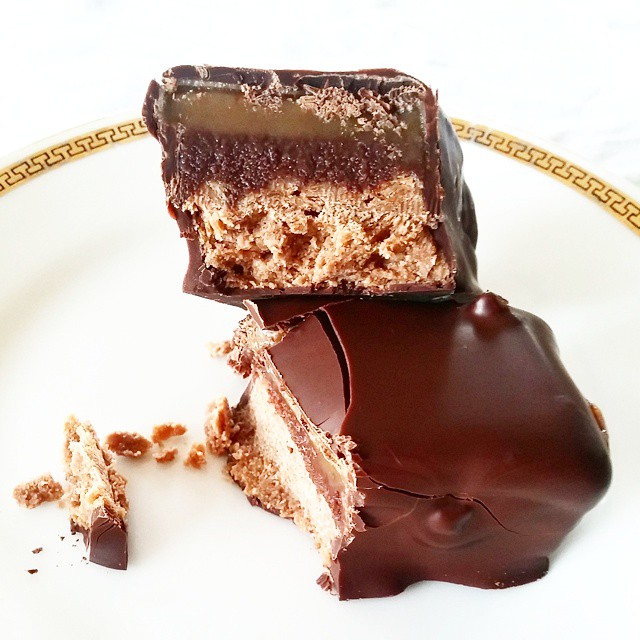by Valerie Beck, chocolate expert

- Chocolate comes from fruit
Chocolate is made from cocoa beans – also called cacao – which are the seeds of the fruit of the cocoa tree, native to South America. That’s why real chocolate (artisan chocolate, not industrial chocolate) is high in antioxidants, magnesium, fiber, vitamins, and other nutrients, making it a “superfood.”

- Real chocolate is low in sugar
An entire bar of artisan dark chocolate has less sugar than one serving of commercial yogurt, tomato sauce, or breakfast cereal. “Bean-to-bar” chocolate, also called craft chocolate, is a back-to-basics trend resulting in delicious artisan chocolate. It’s made with only two ingredients: cocoa beans and sugar. There’s no need for palm oil, soy lecithin, or any harmful or unpronounceable ingredients!

- You don’t want to risk not eating chocolate
Artisan dark chocolate can lessen the risk of death by stroke and heart disease by up to 45% according to a recent study. Also, people who eat dark chocolate at least once a week have a lower body mass index than people who never eat chocolate, because cacao boosts your metabolism. Hence the name of my popular talk: “Eat Chocolate, Be Skinny!” Why are the health benefits in dark chocolate, by the way, and not milk chocolate? Because milk blocks the body’s ability to absorb chocolate’s nutrients.

- You can avoid slavery chocolate
Today, 70% of the world’s cacao comes from West Africa, where 2 million children are forced to work in hazardous conditions on cocoa farms, so that the developed world can have cheap chocolate. Moreover, most West African cocoa beans are of lower quality due to climate change and diseased cocoa trees. Choose fair trade or “ethical chocolate” instead of “slavery chocolate,” and look for labels that indicate the origin of the cacao, just as you would for wine or coffee. This way, you and your family will enjoy delicious and sustainably made chocolate that’s good for farmer, foodie, and field. Ethical chocolate costs more, but it lasts longer – you might eat a bar in a week, instead of 30 seconds – it’s better for your body, and it lets kids go to school instead of to unpaid labor.

- The Chocolate Freedom Project is coming to a school or office near you
What is the Chocolate Freedom Project? It’s walking and talking to raise public awareness of where chocolate comes from. I’m planning to walk to Hershey, Pennsylvania, to raise awareness of child slavery on West African cocoa farms, and to promote ethical chocolate brands. Along the way, I’ll speak at schools, offices, chambers of commerce, and associations, and to food bloggers and community groups. Visit www.valeriebeckchocolateuplift.com, or contact me at chocolateuplift@gmail.com to schedule a presentation anywhere, schedule permitting.
Keep eating chocolate, and eat real chocolate!
Your friend in chocolate,
Valerie



Valerie Beck, The Chocolate Queen
CEO/Founder Chocolate Uplift
www.valeriebeckchocolateuplift.com
chocolateuplift@gmail.com
Instagram: @chocolateuplift
